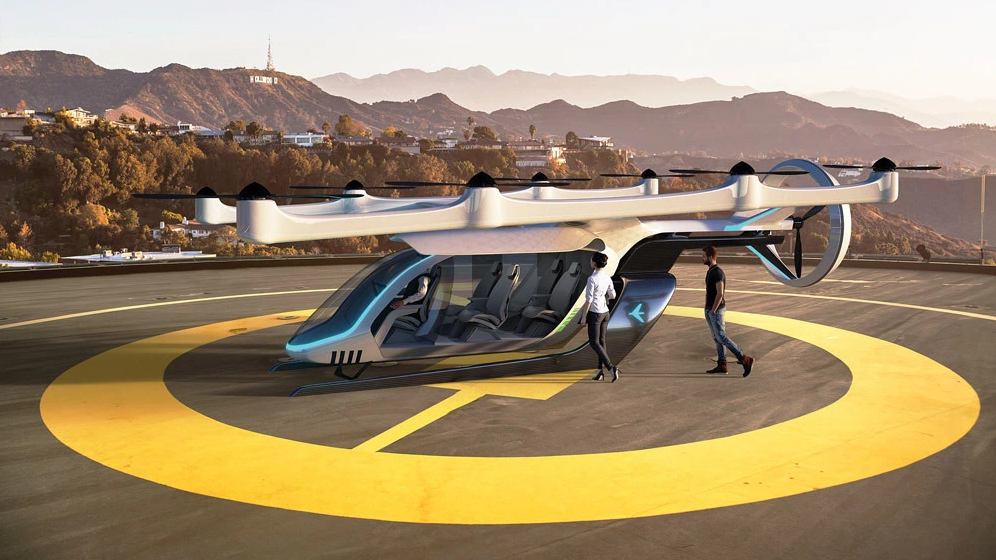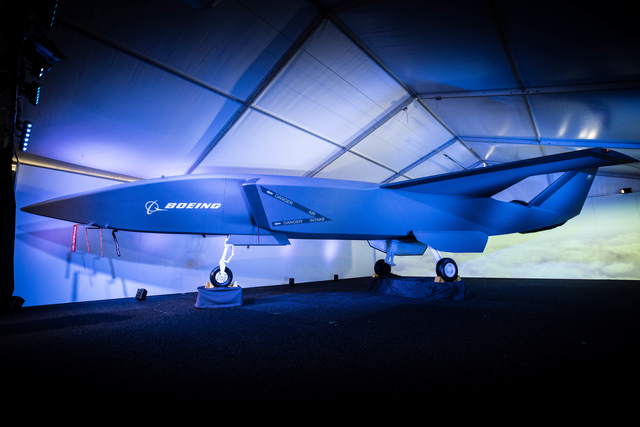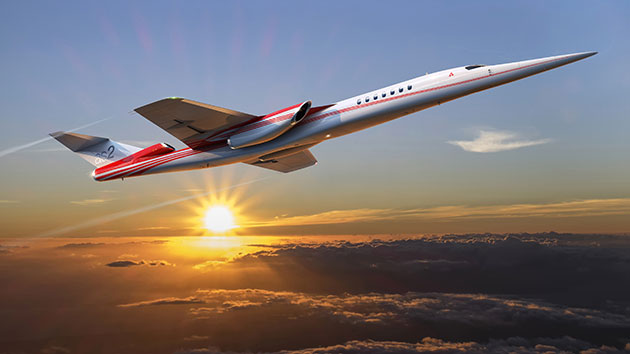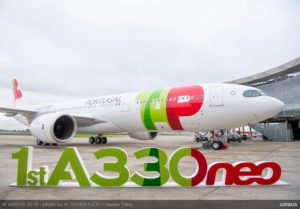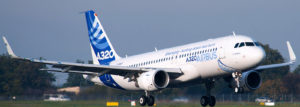- Bombardier to lead a $361 million AUD design change programme requested by the Queensland Government
- Bombardier to leverage local supply chain to improve fleet’s accessibility and passenger experience
Mobility technology leader Bombardier Transportation announced today an order from the Queensland Government to deliver modifications to the New Generation Rollingstock (NGR) trains currently being introduced to the South-East Queensland rail network. The order has been signed on March 29th. The total value of the contract is approximately $361 million AUD ($255 million US, 228 million euro) which includes design and delivery, as well as ongoing maintenance, over the remaining term of the public-private partnership.
“Bombardier is proud to partner with Queensland Government to deliver the new generation trains to the passenger rail network. This variation order is an important request from our customer, and we will continue to work closely with them to deliver the NGR project in line with the enhanced specifications set out by the Queensland Government,” said Paul Brown, Bombardier Transportation’s Project Director for the Queensland New Generation Rollingstock project.
Bombardier is leading the Qtectic consortium contracted to deliver the NGR project and will undertake the work to modify the trains in line with the government’s revised design specifications with industry partner Downer EDI. The agreement between Bombardier and the Queensland Department of Transport and Main Roads (TMR) will see the previously approved toilet modules upgraded for improved disability access. The changes will also include an additional module added to each six-car train to provide improved access for passengers with limited mobility.
“The significance of the NGR project in Queensland cannot be understated,” affirmed Wendy McMillan, President, Southeast Asia and Australia at Bombardier Transportation. “With 70 percent of Queensland’s future population growth targeted in the South-East region, the NGR fleet will bring a significant 26 percent capacity increase to the South-East Queensland rail network to meet the growing demand for rail services. It’s a game-changing project for Queensland and Bombardier is proud to be delivering it.”
Features of the new trains include capacity for 964 passengers in each six-car train, onboard WiFi, CCTV throughout the train, LCD infotainment displays, toilet modules, 12 allocated spaces for mobility aids and more enhancements to the passenger experience.
Bombardier has created more than 2,000 local jobs across the industry and supply chain throughout this project. The design and toilet modification activities will support a further 100 local jobs at Downer’s Maryborough facility in addition to the 145 current Bombardier employees at the Wulkuraka Maintenance Facility.
The $4.4 billion AUD NGR project is being delivered under a public-private partnership with the Queensland Government and was awarded to Qtectic, comprising Bombardier Transportation, John Laing, Itochu and Aberdeen Standard Investments. The project includes the design and delivery of 75 new passenger trains, construction of a new maintenance centre at Wulkuraka, Ipswich and 32-years of fleet maintenance.
About Bombardier
With over 68,000 employees across four business segments, Bombardier is a global leader in the transportation industry, creating innovative and game-changing planes and trains. Our products and services provide world-class transportation experiences that set new standards in passenger comfort, energy efficiency, reliability and safety.

